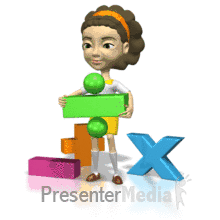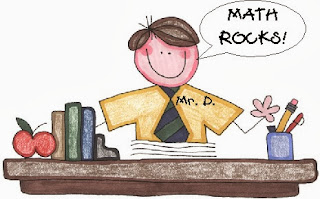28 SEPTEMBER 2013
Logic and mathematics are nothing but specialised linguistic structures.
-Jean Piaget
Logic and mathematics are nothing but specialised linguistic structures.
-Jean Piaget
Friday, 27th September 2013, Elementary Mathematics brought us closer to Art.
We hunt for an artwork that can create a series of interdisciplinary lessons; for group assignment. And we learn how to appreciate art, of course.
Saturday, the last day of EDU 330 Elementary Mathematics with Dr Yeap Ban Har.
354 / 3 = 100 + 10 + 8 = 118
/ / /
300 30 24
Here is a video I have watched for the simple division,
SALUTE!
Great game for multiplication.
The person standing in front of the two people who are holding the cards has to sum up both cards.
The two people holding the cards have to figure out their numbers.
I love getting hands-on.
This time around we have to create a rectangular box few times bigger than the box we received.
Note taken: When teaching children shapes, show children the thin ones like tangrams.
This time around we have to create a rectangular box few times bigger than the box we received.
Note taken: When teaching children shapes, show children the thin ones like tangrams.
Quote for the day,
"Mathematics is an excellent vehicle for the development and improvement of a person's intellectual competencies."
Logic and mathematics are nothing but specialised linguistic structures.
Read more at http://www.brainyquote.com/quotes/quotes/j/jeanpiaget206642.html#i6G3eD5I58RDmqc6.99
Read more at http://www.brainyquote.com/quotes/quotes/j/jeanpiaget206642.html#i6G3eD5I58RDmqc6.99
Logic and mathematics are nothing but specialised linguistic structures.
Jean Piaget
Read more at http://www.brainyquote.com/quotes/authors/j/jean_piaget.html#QCjeAoVMzEVSZqWO.99
Jean Piaget
Read more at http://www.brainyquote.com/quotes/authors/j/jean_piaget.html#QCjeAoVMzEVSZqWO.99
Logic and mathematics are nothing but specialised linguistic structures.
Jean Piaget
Read more at http://www.brainyquote.com/quotes/authors/j/jean_piaget.html#QCjeAoVMzEVSZqWO.99
Jean Piaget
Read more at http://www.brainyquote.com/quotes/authors/j/jean_piaget.html#QCjeAoVMzEVSZqWO.99
Logic and mathematics are nothing but specialised linguistic structures.
Jean Piaget
Read more at http://www.brainyquote.com/quotes/authors/j/jean_piaget.html#QCjeAoVMzEVSZqWO.99
Jean Piaget
Read more at http://www.brainyquote.com/quotes/authors/j/jean_piaget.html#QCjeAoVMzEVSZqWO.99
Thank you Dr Yeap, for the fruitful journey of Elementary Mathematics.


































